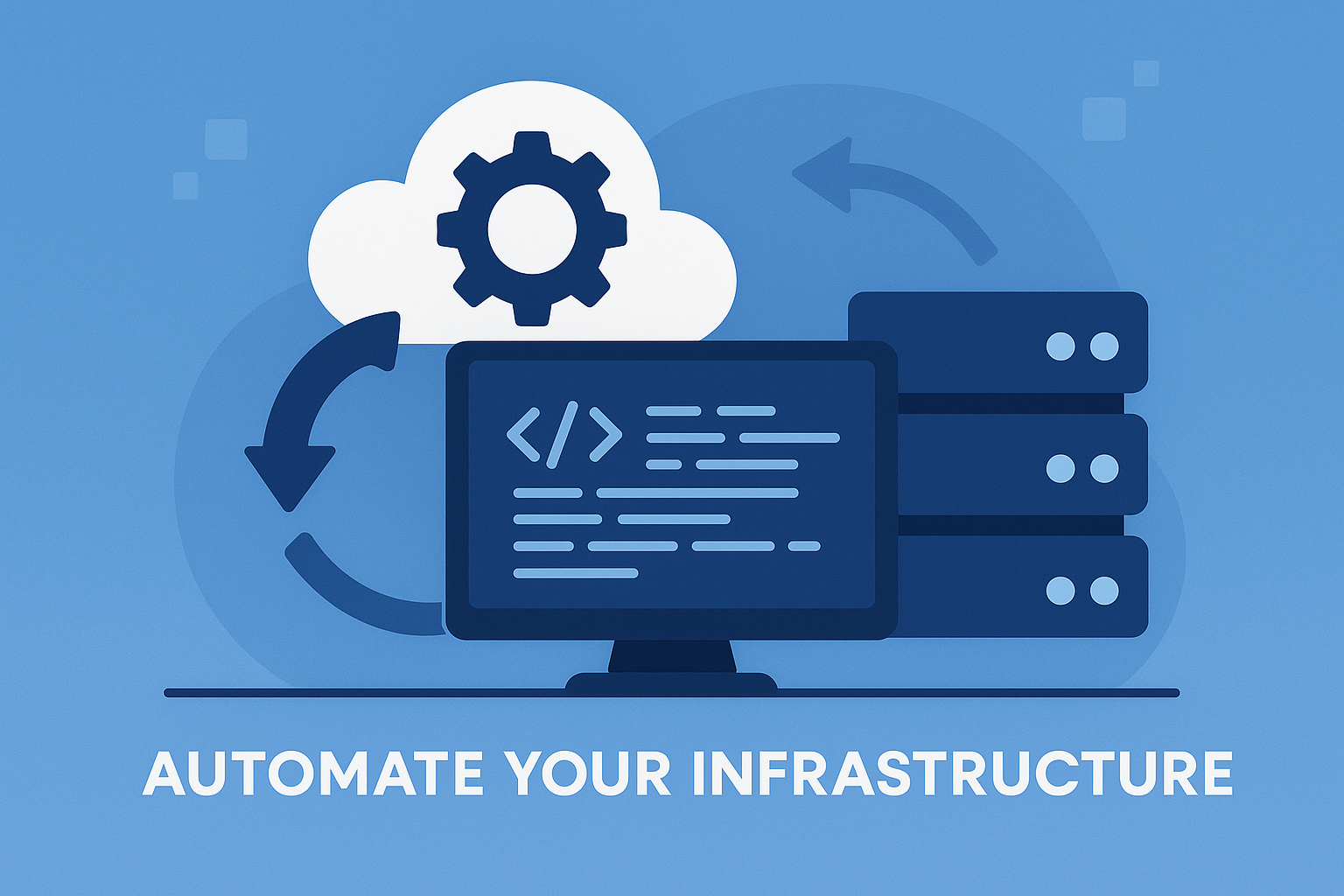What is an Availability Zone?
Availability Zone is a distinct, isolated data center or group of data centers within a cloud region, designed to provide high availability and fault tolerance for applications and services. Each Availability Zone (AZ) is geographically separated from others within the same region, but they are interconnected with low-latency, high-throughput links to ensure efficient communication between them. Availability Zones are used to distribute resources and workloads across multiple locations, minimizing the impact of potential failures or disruptions in any one location.
How Does an Availability Zone Work?
In a cloud infrastructure like AWS, Google Cloud, or Azure, a region is divided into multiple Availability Zones. Each AZ consists of one or more data centers that are designed to be independent in terms of power, cooling, and networking. The purpose of AZs is to provide redundancy and fault tolerance, ensuring that applications remain available even if one zone experiences an issue, such as a power outage or hardware failure. Key features of an Availability Zone include:
- Isolation: Each AZ is isolated from others to protect against localized failures, such as power outages, network disruptions, or hardware failures, ensuring that these events do not affect the entire region.
- Redundancy: Resources can be deployed across multiple AZs to ensure high availability, allowing for failover between AZs in case of a failure in one zone.
- Interconnection: AZs are connected by low-latency, high-bandwidth links, enabling fast communication between them while maintaining isolation from potential failures in the network or power supply.
Why Use Availability Zones?
Availability Zones are used to improve the resilience, reliability, and scalability of applications and services deployed in the cloud. By distributing workloads across multiple AZs, organizations can ensure that their applications are fault-tolerant and highly available, minimizing downtime and improving performance. The use of AZs also allows for better disaster recovery and business continuity, as resources can be replicated across zones to ensure redundancy in case of failure.
Key Features of Availability Zones
- High Availability: By deploying applications and services across multiple AZs, you can ensure that your infrastructure remains available even if one zone experiences issues.
- Fault Isolation: Availability Zones are designed to isolate failures, so problems in one zone do not impact the other zones, ensuring continued service operation.
- Scalable Architecture: AZs provide the foundation for building scalable architectures, where resources can be spread across multiple zones to handle varying loads and traffic spikes.
- Disaster Recovery: AZs enable disaster recovery strategies by providing geographic isolation for backups and redundant systems that can quickly take over in the event of a failure.
- Low-Latency Communication: AZs are connected by high-bandwidth, low-latency links, ensuring that services deployed across multiple zones can communicate efficiently and with minimal delay.
Benefits of Availability Zones
- Increased Resilience: By distributing workloads across multiple AZs, you can increase the resilience of your application, ensuring that a failure in one zone does not affect the entire system.
- Improved Fault Tolerance: AZs provide fault isolation and redundancy, ensuring that applications continue to function even if one zone is impacted by an outage or disaster.
- Enhanced Performance: With low-latency connections between AZs, services can operate efficiently and scale to meet the needs of users while maintaining high performance.
- Cost Efficiency: By using multiple AZs, you can optimize your infrastructure, balancing load and reducing the risk of downtime, ultimately leading to cost savings.
- Business Continuity: Availability Zones ensure that your critical services remain operational, helping organizations meet their business continuity and disaster recovery requirements.
Use Cases for Availability Zones
- Multi-AZ Deployment: Applications and databases can be deployed across multiple AZs to ensure high availability and fault tolerance, such as in load-balanced web applications or distributed databases.
- Disaster Recovery: AZs allow for disaster recovery plans, where data and resources are replicated across zones to ensure rapid failover and business continuity.
- High-Traffic Applications: Applications that need to handle high or unpredictable traffic loads can scale across multiple AZs, distributing the load and reducing the risk of overloading a single zone.
- Global Applications: For organizations with a global user base, using multiple AZs can ensure that users experience low-latency access to applications, regardless of their location.
Summary
Availability Zones are isolated data centers within a region that provide fault tolerance, high availability, and scalability for cloud applications and services. By distributing workloads across multiple AZs, organizations can ensure that their systems remain operational even in the event of localized failures, improving disaster recovery capabilities and minimizing downtime.



